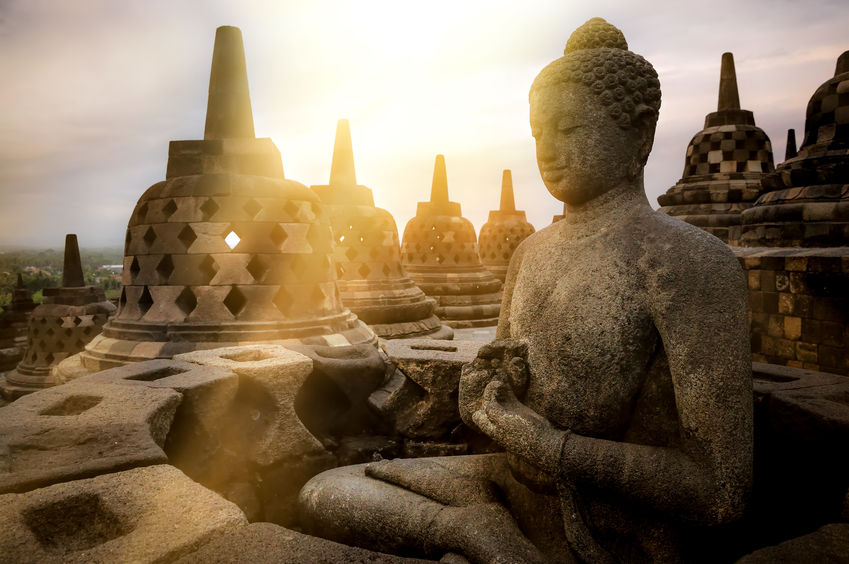Discover Effective Techniques on How to Meditate? for Beginners
Discover Effective Techniques on How to Meditate? for Beginners
Blog Article
Exactly How to Meditate: A Step-by-Step Technique to Achieving Mindfulness and Calm
Reflection acts as an effective tool for accomplishing mindfulness and psychological calmness in a busy world. By understanding the basic principles and techniques involved in meditation, individuals can grow a method that improves their total well-being. This discussion will certainly outline necessary steps, from producing a favorable environment to integrating meditation into daily regimens. As we discover these components, it becomes clear that the journey to mindfulness is not simply concerning the act of sitting in silence, however rather regarding promoting a much deeper connection with oneself and the globe around us. What might this change require?
Understanding Meditation
Recognizing meditation involves comprehending its basic principles and techniques, which act as the structure for the method. At its core, reflection is a psychological workout targeted at advertising leisure, developing interior energy, and establishing concern and insight. The technique encourages people to concentrate their attention, commonly through strategies such as deep breathing, visualization, or concept repeating.
Meditation can be classified right into numerous styles, consisting of mindfulness, transcendental, and loving-kindness reflection, each with distinct objectives and methods. Mindfulness reflection emphasizes present-moment awareness and non-judgmental observation of ideas and sensations, while copyright involves the usage of certain rules to transcend ordinary mind. Loving-kindness reflection concentrates on creating a mindset of love and concern in the direction of oneself and others.
Despite the technique employed, the primary objective continues to be constant: to cultivate a much deeper understanding of the mind and its patterns. This self-awareness promotes emotional strength, clearness of thought, and a profound sense of calmness (How to meditate?). By recognizing these principles and strategies, people prepared for an effective meditation practice that can substantially enhance their general well-being
Planning For Your Method
Before beginning your meditation practice, it is vital to create an environment for concentrate and relaxation. Select a quiet area where you are not likely to be disrupted. This can be an edge of a room, a garden, or any location that stimulates a feeling of tranquility. Make sure that the area is clean and totally free of mess, as a neat atmosphere can help get rid of the mind.
Think about the lights, as all-natural light can improve your state of mind and power. Soft, warm lights is frequently a lot more calming than rough fluorescent lights. In addition, pick a comfy temperature, making certain that you are neither too hot neither too chilly.
Including aspects that advertise serenity can even more enhance your experience. This might consist of soft cushions or coverings for comfort, along with relaxing aromas from vital oils or scent. It can also be valuable to have actually a timer set for your reflection session to stop diversions from clock-watching.
Standard Meditation Strategies
:max_bytes(150000):strip_icc()/meditating-woman-56a792a05f9b58b7d0ebce12.jpg)
Another efficient strategy is body check meditation. This entails emotionally scanning your body from head to this link toe, seeing any kind of locations of tension or discomfort and purposely relaxing those muscle mass. This technique cultivates a much deeper connection in between your body and mind.

Finally, loving-kindness meditation concentrates on growing empathy in the direction of on your own and others. Silently repeat phrases of a good reputation, boosting psychological well-being and interconnectedness. Each of these techniques functions as a foundation for your meditation trip, permitting you to discover the approach that resonates ideal with your individual method.
Keeping Emphasis and Mindfulness

Establishing a committed reflection space can improve the ability to maintain mindfulness. A silent, uncluttered setting reduces distractions, permitting much deeper immersion in the method. In addition, setting a time frame can help take care of expectations; starting with much shorter sessions may alleviate the shift into longer methods.
Using strategies such as body scanning or observing feelings can find here also bolster mindfulness. These approaches motivate practitioners to remain existing and engaged with their physicality, securing their focus in the minute. Normal practice is necessary; the mind develops strength over time, developing a stronger capability for emphasis.
Incorporating Meditation Into Daily Life
Including meditation right into every day life can transform routine activities into possibilities for mindfulness and self-reflection. By incorporating mindfulness techniques right into common tasks, people can grow a greater sense of existence and peace among the busyness of daily life.
Begin by determining minutes throughout your day where you can stop briefly and practice mindfulness. Even ordinary activities like walking or cleaning dishes can come to be possibilities for reflection by routing your focus to the sensations of activity and the sounds surrounding you.
In addition, reserving devoted times for meditation can strengthen its practice. Begin with short sessions, progressively increasing period as you come to be much more comfortable. Use reminders or hints-- like a specific time of day or a relaxing sound-- to develop uniformity.
Ultimately, the objective is to weave mindfulness right into the material of every day life, allowing you to approach each minute with intent, consequently improving your general sense of health and quality.
Final Thought
In verdict, effective reflection calls for a silent setting, a comfortable placement, and a focus on the breath. Routine reflection, even in short sessions, cultivates a deeper connection to the present minute, eventually leading to higher tranquility and psychological clarity in day-to-day life.
Meditation can be categorized into different styles, consisting of mindfulness, transcendental, and loving-kindness reflection, each with unique objectives and techniques. Mindfulness meditation highlights present-moment recognition and non-judgmental monitoring of thoughts and feelings, while copyright involves the usage of details mantras to go beyond common idea processes.With your meditation area prepared, it's time to check out different basic meditation techniques that can aid cultivate mindfulness and inner tranquility.Constantly keeping focus and mindfulness throughout meditation can be difficult, especially for those new to the method.Establishing a committed reflection area can improve the ability to keep mindfulness.
Report this page